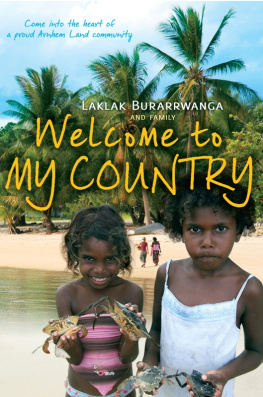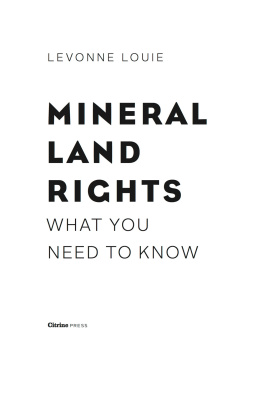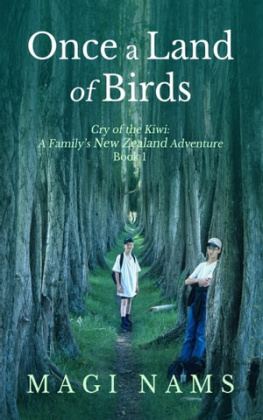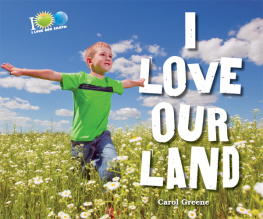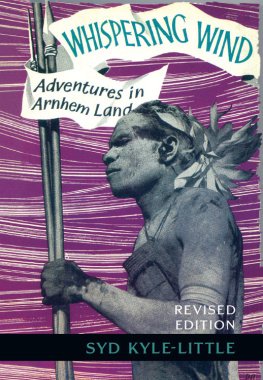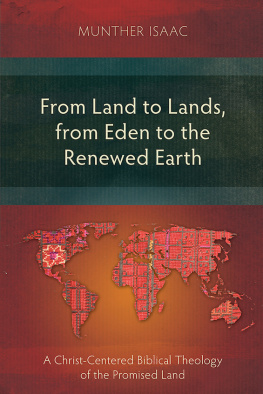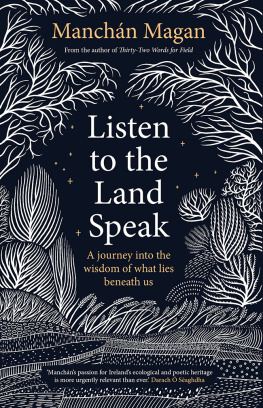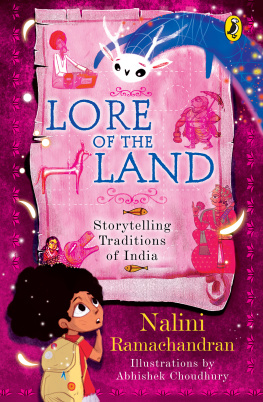
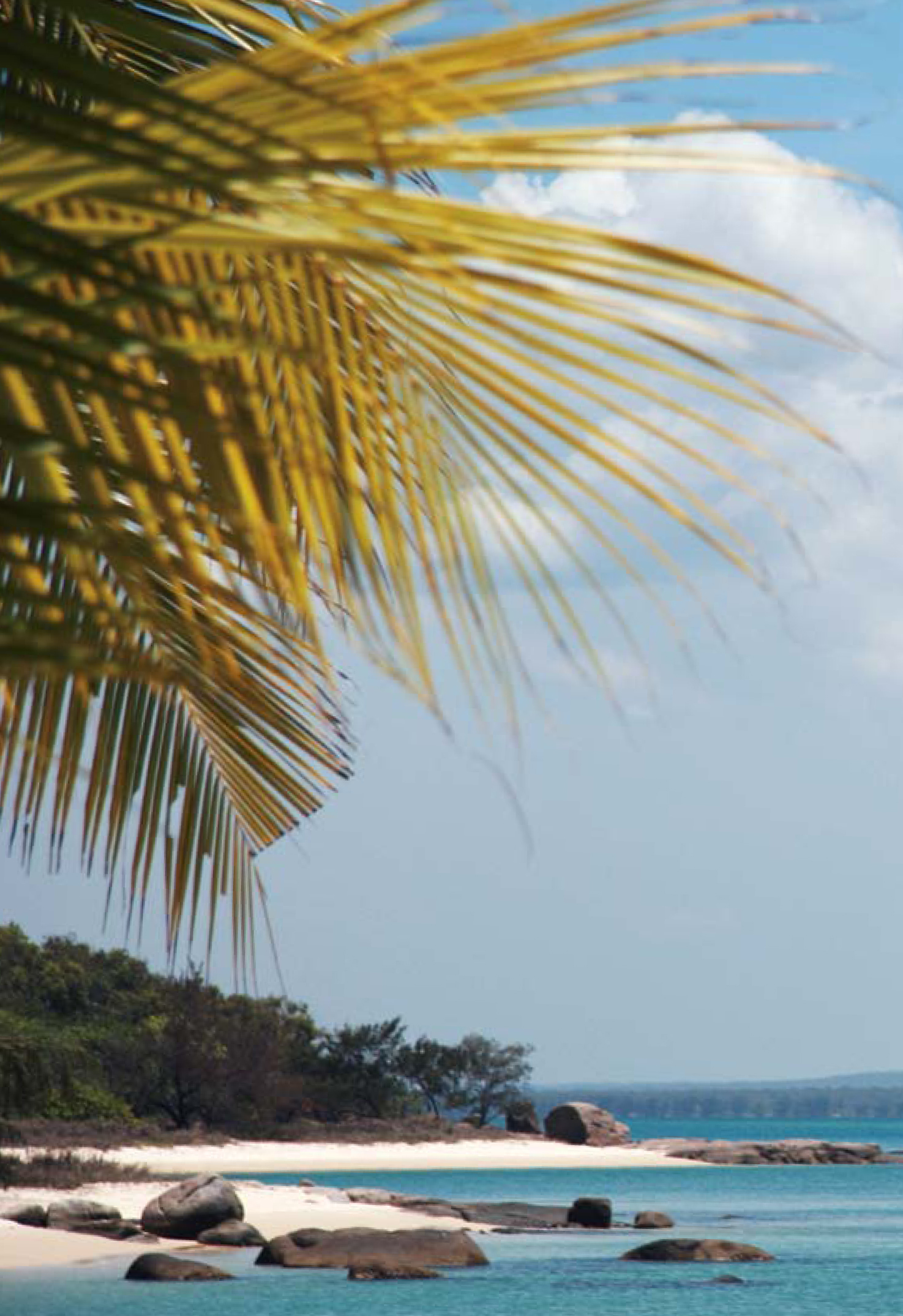
First published in 2013
Copyright text Laklak Burarrwanga, Sarah Wright,
Sandie Suchet-Pearson, Kate Lloyd 2013
Copyright photographs Sarah Wright, Sandie Suchet-Pearson,
Kate Lloyd, Sarah Brenan, Matthew Webb, Kendall Shaw 2013
Copyright map Guy Holt 2013
Copyright in works of art is held by individual artists
All rights reserved. No part of this book may be reproduced or transmitted in any form or by any means, electronic or mechanical, including photocopying, recording or by any information storage and retrieval system, without prior permission in writing from the publisher. The Australian Copyright Act 1968 (the Act) allows a maximum of one chapter or ten per cent of this book, whichever is the greater, to be photocopied by any educational institution for its educational purposes provided that the educational institution (or body that administers it) has given a remuneration notice to Copyright Agency Limited (CAL) under the Act.
Allen & Unwin
83 Alexander Street
Crows Nest NSW 2065
Australia
Phone: (61 2) 8425 0100
Email:
Web: www.allenandunwin.com
Teachers notes available from www.allenandunwin.com
A Cataloguing-in-Publication entry is available from the National Library of Australia
www.trove.nla.gov.au
ISBN 978 1 74331 396 1
eISBN 978 1 74343 282 2
Cover and text design by Ruth Grner

This project has been assisted by the Australian Government through the Australia Council, its arts funding and advisory body.
We belong to this land in north-east Arnhem Land, Australia. We are Yolngu people. When you read this book, youll understand who we are. We are the first people, we were born here and we know the language, the country, the culture. We are Yolngu.
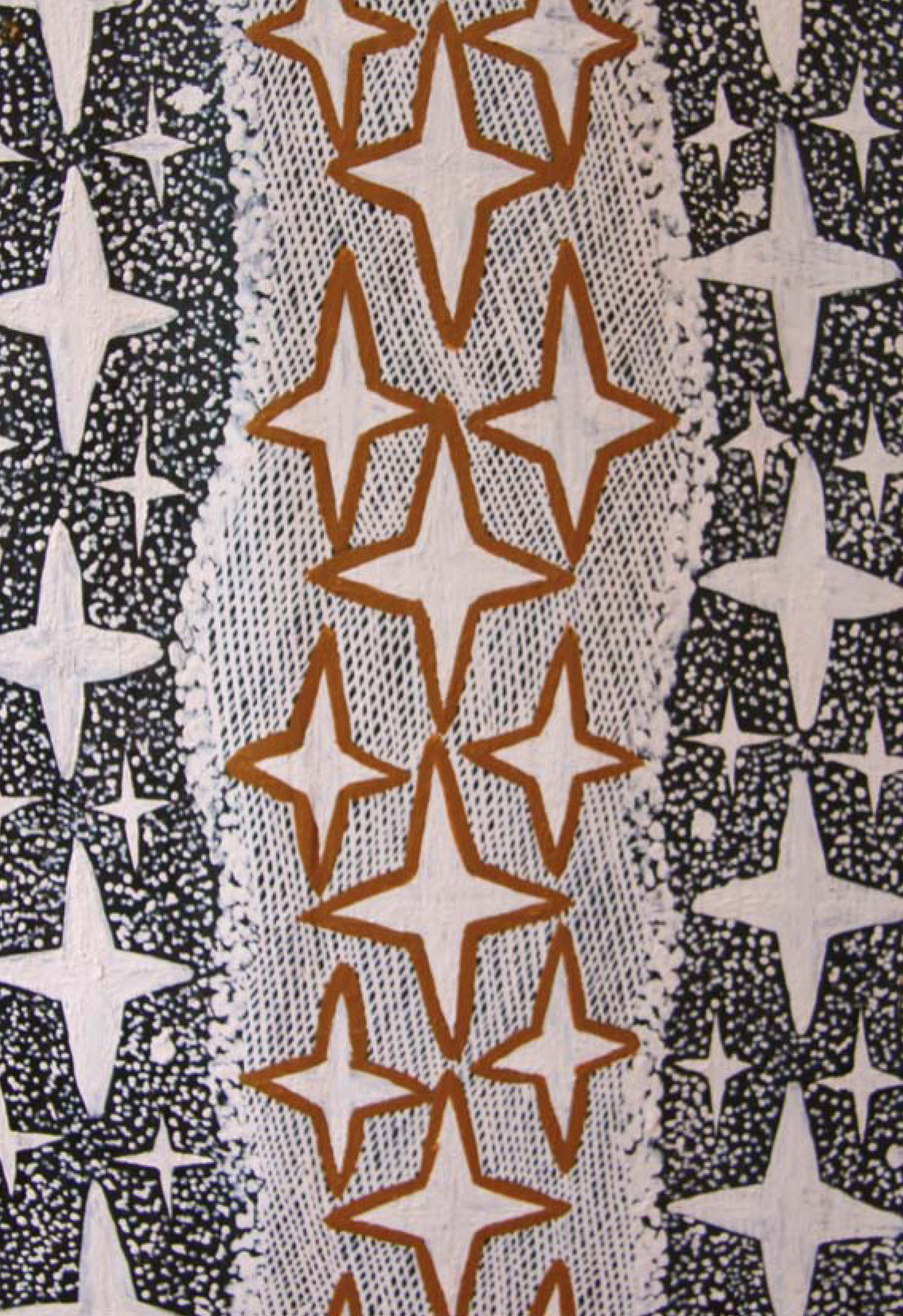
Contents
1
Gapu, WATER
2
Miyapunu, TURTLE
3
Ba n umbirr, THE MORNING STAR
4
Gara, SPEAR
5
Walu, THE SUN
6
Bru, CROCODILE
7
Gurrutu, KINSHIP
8
Ganguri, YAM
We dedicate this book to our two mums, Gaymala Yunupingu and Gulumbu Yunupingu: for showing us how to go out hunting, for giving us Yolngu womens knowledge, for the ideas they gave us, for the knowledge they gave us, for teaching us that nothing is impossible.
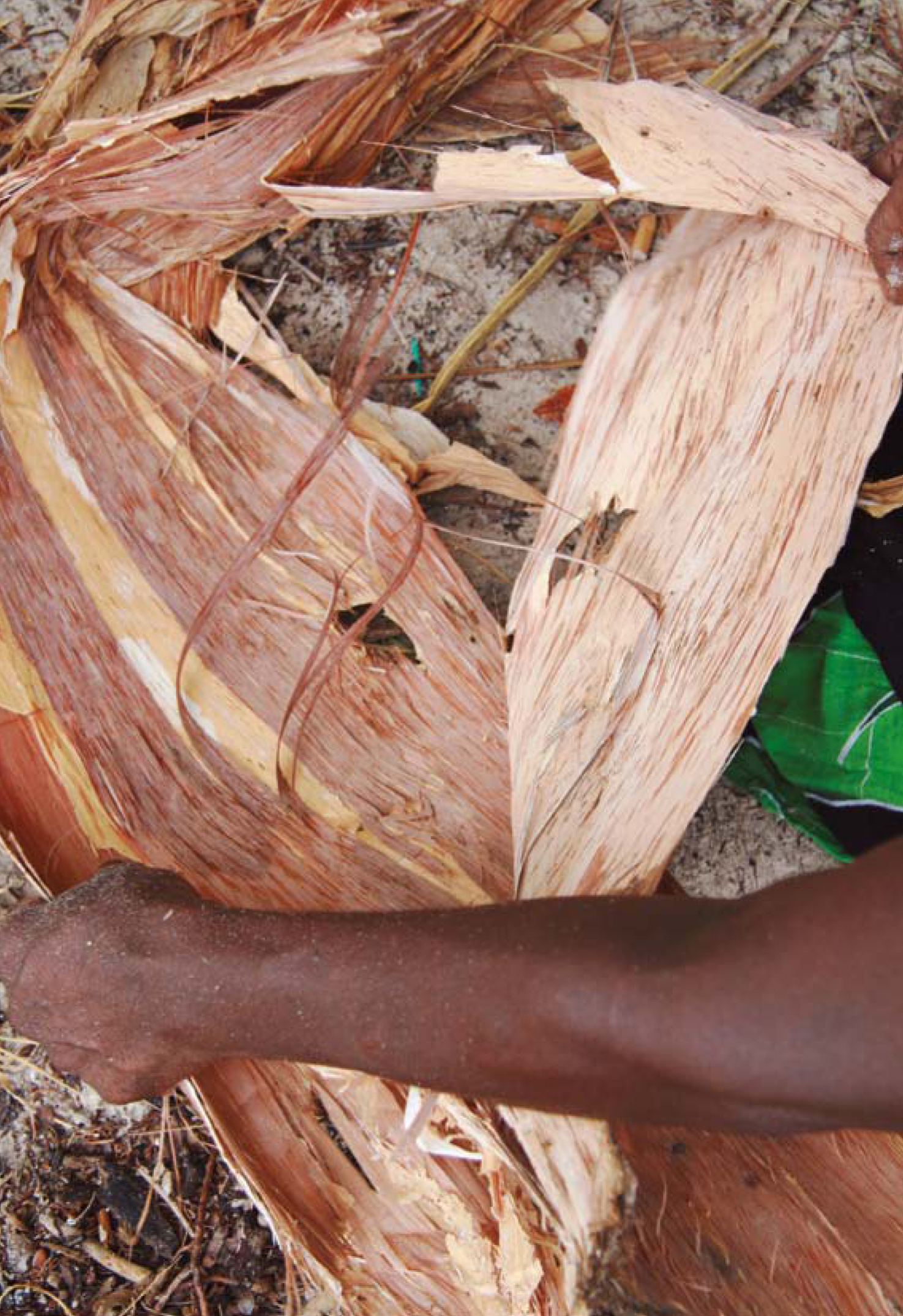
There are eight of us bringing you this story, five sisters, two daughters and one granddaughter. Five of us are Yolngu Indigenous people from north-east Arnhem Land; four sisters and a daughter, living at Bawaka and Yirrkala. None of us five was born in hospital. We were born on the land. Thats why our babies are strong.
The other three are not Yolngu, they are non-Indigenous women from the south of Australia who have been adopted into our family as a sister, daughter and granddaughter. Well tell you more about that later.
Here in Bawaka, the warm sea laps the sand and we sit under tamarind, coconut and casuarina trees to keep out of the sun. Well tell you a lot about Bawaka. Its what this book is really about, you see.
When ngapaki, non-Indigenous people, come to Bawaka they see the beauty of the blue sea and the white sand, but they dont see what really makes our land beautiful. They dont see the stories, the connections, the patterns, the rhythms, the songlines. In this book we want to share the true beauty of our country with you, our readers.
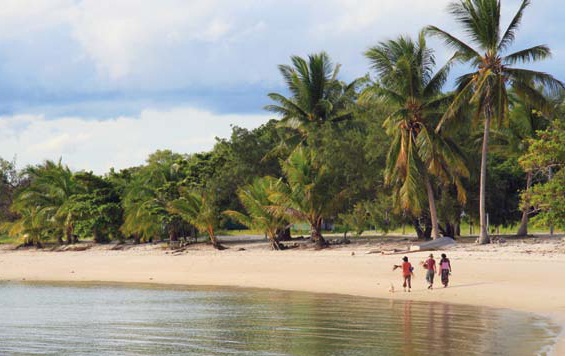
When ngapaki come to Bawaka they wear shoes to protect their feet. But they take them off when they walk on the beach. Thats when they start learning. When theyre walking on the beach, theyre learning the land.
To understand the Yolngu way, you need to see everything through the wnga (homeland), through Nature and through dhruk (language). Dhruk is part of the Yolngu way. Our language allows some things to be told, it holds its own messages, its own Law.
You know how in Western societies, the rules seem to be the same wherever you go? In Yolngu thought, to under stand something properly you have to link it to one place. For us, that place is Bawaka. So as we tell you this story, we are telling it through Bawaka, our home. It is easy to learn when you learn in place. When we teach children the Yolngu way, we take them out and show them. We walk them through. They learn the seasons, the winds, they learn how to feel and what to do. For example, when it is the season Rrarrandharr, they see how dry everything is, they feel the hot sand and learn to feel the fruits ripening. That is how we teach and how we learn. That is how we will help you learn too.
In the swamp over there, at the back of the beach, is a big rangan, a paperbark tree. If you go closer, youll see the bark; this peels away and below it is more bark. It is all intertwined. Thats our Yolngu knowledge there are layers and layers of it, stored in old peoples heads. And were making new knowledge too, all the time, making new songs.
So come and spend some time with us at Bawaka. Spend some days, and some nights, getting a taste of what Bawaka is like at different times of the year, during different seasons, hearing some stories and learning about how things connect in our Yolngu world. The songlines at Bawaka all end at djpana, sunset. Our songlines are like a map, they show where everything goes. So, here, at the end of each of our days at Bawaka, we will end with djpana too.
So come on, let us begin.
NOTE: The ng used in rangan and Yolngu and ngapaki is pronounced like the ng in the middle of singing.

1
Gapu, WATER
Can you see that gapu, that water, there? It is so calm that when the moon goes past you can see its reflection like the inside of your heart. That is what it is like at this time of year, the season we know as Dharraddharradya. It usually starts in June or July, but the exact date (in the Western calendar) shifts slightly each year. The beginning of a season comes with a wind or a flower or the appearance of an animal or a feeling. The land tells us when there is a new season, not the calendar.
If you come to Bawaka from the south during Dharraddharradya, you will be escaping the cold winter. Here we can still sleep outside, but its cool at night so well make a fire. If there arent any blankets around well use some rangan, paperbark, for making a bed. Thick layers of rangan will keep us warm. There usually isnt any rain at this time of year and there arent any mosquitoes.
Its a beautiful time to visit Bawaka. The water is calm. Before we fall asleep, maybe a few clouds will drift across the sky. We can always see all the stars at this time of year. You can also see the moonlight going along its own path across the land, touching the water, touching your heart.
Next page
